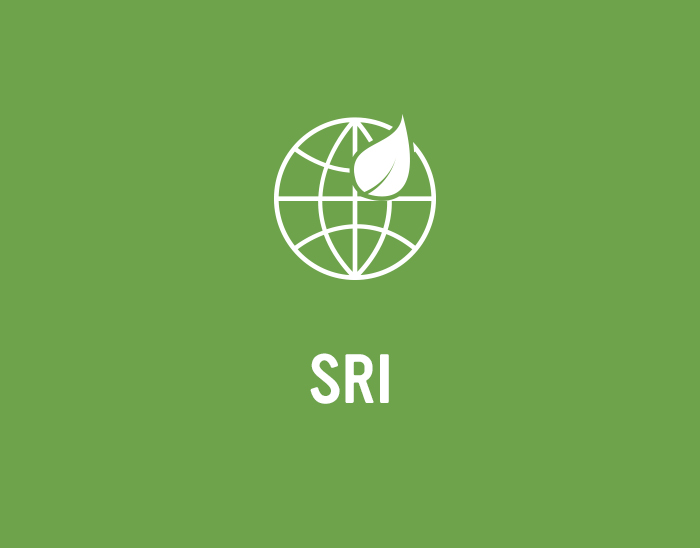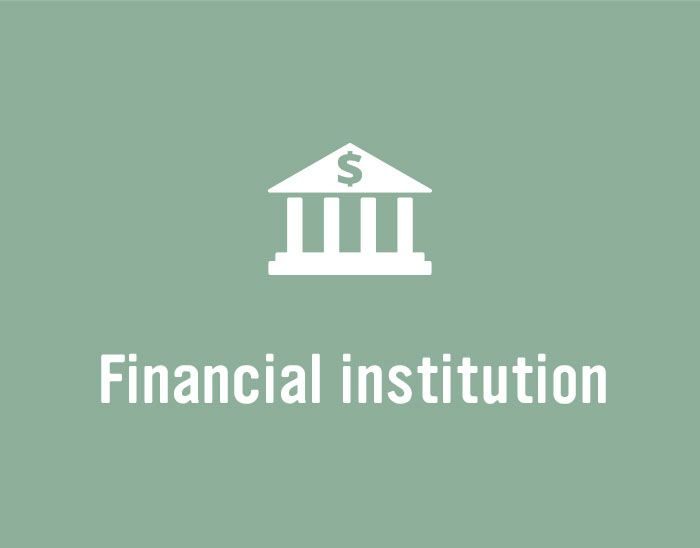
News

In late January, KangaNews hosted – with MUFG – its annual roundtable discussion with US private placement (USPP) investors and Australian issuers in Miami. Investors remain positive about credits from the Australasian region and see no reason for the record supply pipeline from Australian and New Zealand issuers in the last two years to decrease. In fact, the buy side points to its flexibility to structure deals to attract more issuance from the Antipodes. Issuers, meanwhile, emphasise the positive experiences they have had in issuing USPPs.

On 27 February, Macquarie Group revealed it has upsized its additional tier-one (AT1) transaction to A$750 million (US$533.2 million) and set its margin at 415 basis points over three-month bank bills, the low end of the indicative range. The offer is due to open on 5 March and close on 22 March.

On 27 February, Argosy Property (Argosy) revealed an indicative margin of 175-190 basis points over mid swap for its forthcoming NZ$75-100 million (US$51.7-69 million) seven-year green-bond transaction. The final margin and interest rate is set to be announced following a bookbuild on 6 March. ANZ is arranger for the deal and joint lead manager alongside BNZ, First NZ Capital and Forsyth Barr.

KangaNews’s transaction data and intermediary league tables show some interesting trends from Australasian bond issuance in 2018. Outright volume was robust, including several issuance records. But while the New Zealand market got broader, Australia struggled for issuance diversity.

On 26 February, ConnectEast Finance (ConnectEast) (Baa2) announced it would meet debt investors in Asia and Australia, commencing 5 March, regarding a potential seven-year Australian dollar denominated deal. Commonwealth Bank of Australia and National Australia Bank have been mandated to arrange the meetings.

On 26 February, International Finance Corporation (IFC) (AAA/Aaa) launched an indicative A$25 million (US$17.9 million) increase to its June 2029 Kangaroo bond. The forthcoming deal has indicative price guidance of 42 basis points area over semi-quarterly swap, equivalent to 55.5 basis points area over Australian Commonwealth government bond. Pricing is expected on the day of launch, according to sole lead manager Mizuho Securities.

A 26 February speech by Reserve Bank of New Zealand (RBNZ) deputy governor, Geoff Bascand, suggests local banks face a tough task in persuading the regulator to rethink its recent proposals for a significant increase to capital requirements. Consultation on the proposals is open and Bascand said the RBNZ will listen to responses, but his speech suggests it is comfortable with its thinking to date.

Contact Energy (Contact) became the first corporate borrower to price a green bond in New Zealand on 22 February. Deal sources say the transaction benefited from greater-than-expected support from domestic retail and offshore institutional investors, and is reflective of continually growing momentum.

